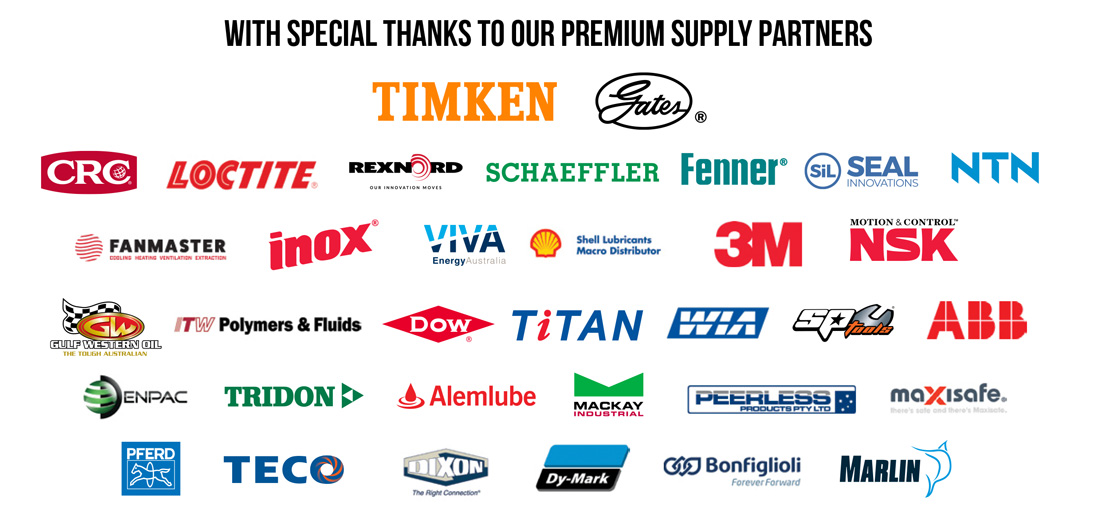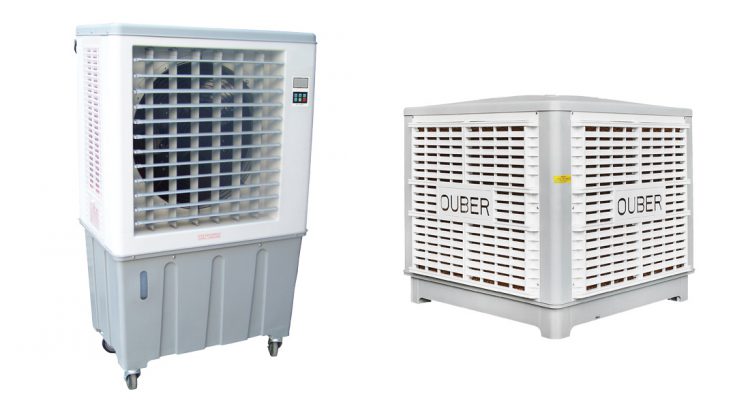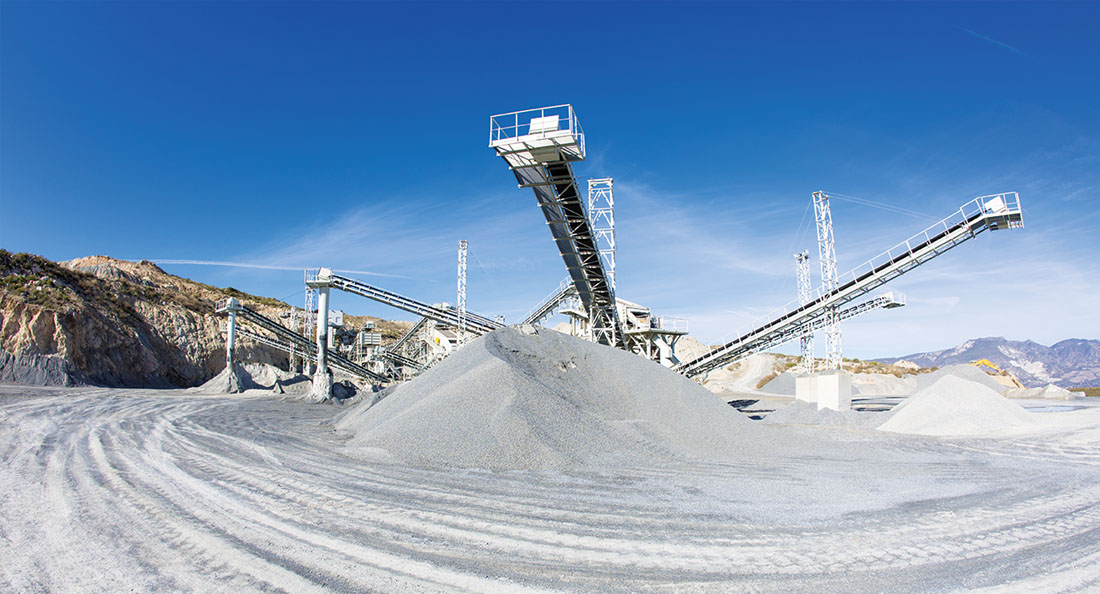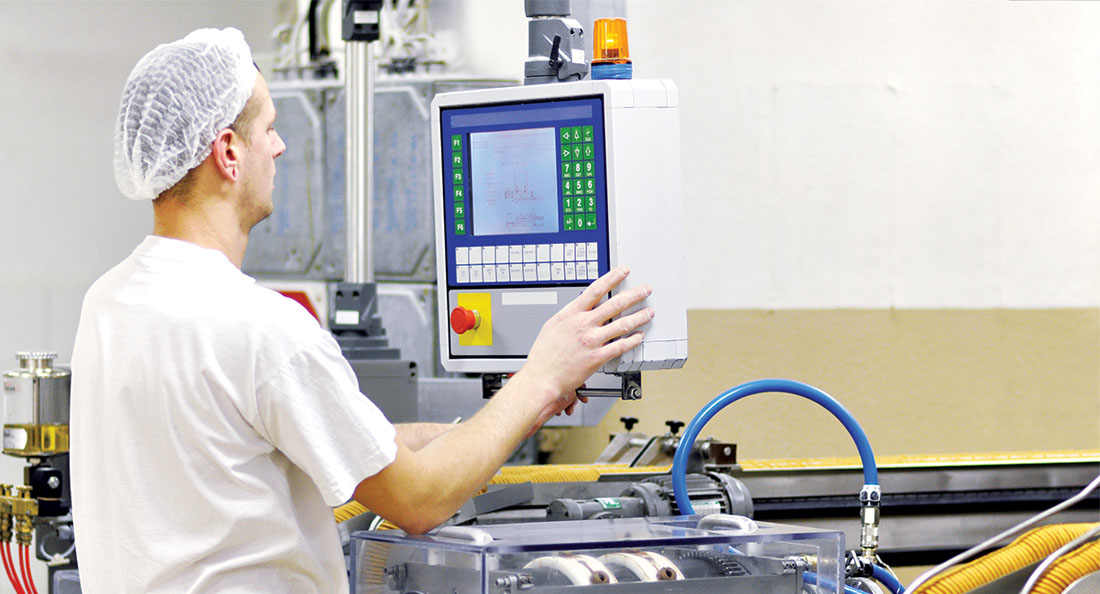Keeping an industrial warehouse or workshop cool and comfortable in summer is an important workplace issue to address for any employer. Warehouse air can become contaminated with dust, welding fumes, bacteria, mould and toxic chemicals, posing various health and safety risks to employees.
According to SafeWork NSW1, poor thermal comfort for prolonged periods may lead to fatigue, lower concentration, poor productivity, complaints and absenteeism. SafeWork NSW recommends that workplace temperatures should be between 20 and 26 degrees, depending on outdoor temperature and whether work is sedentary or more physical.
Aside from being a matter of health and safety and employee comfort, condensation, dust and other pollutants can cause damage to machinery and stock. This is particularly relevant to the food industry where even small temperature variations can adversely impact the stored products.
Troy Lopez, General Manager of Fanmaster – a Sydney-based importer and manufacturer of industrial cooling, heating and ventilation systems – says considering some parameters while deciding on the type of cooling or ventilation system can help employers in choosing the optimum solution.
“You should first identify whether you need cooling, ventilation or a combination of both systems. Sometimes the combined system is what offers the best outcome. Next, consider the level of physical activity that takes place in each area. An area that has a lot of racking does not require the same amount of cooling as a high-traffic area. Some industries must also adhere to environmental guidelines and limitations in terms of fume and dust control. In such cases, we advise to consult experts who can assist in meeting those legislative limitations.”
With a factory in Sydney and a national distribution footprint, Fanmaster caters to a wide range of industries with specialty cooling, heating and ventilation products and services. In recent years, Fanmaster has also partnered with BSC, a leading supplier of bearings, power transmission and industrial products, to distribute its products more broadly throughout BSC’s extensive branch network.
BSC Product Manager David Malthouse says the collaboration between Fanmaster and BSC is a win-win for BSC’s customers.
“The extensive footprint of BSC’s branches and the broader network of Motion Asia Pacific (BSC’s holding company) positions us to assist our customers with a deep understanding of their industries. BSC branches are ready to not only recommend products but also offer engineering and design possibilities to improve our customers’ productivity. Fanmaster’s expertise and their wide range of products further enhance this, giving our industrial solutions team the ability to supply an effective solution to our customers.”
Troy says Fanmaster’s agility as a small family business enables it to provide a personalised customer service.
“As a small to medium sized business, we have the flexibility and agility to work closely with our customers and help them choose the most appropriate solution for their site. We never hesitate from going out of our way to help address customer queries. Our team often reviews drawings or photographs provided to us by the BSC representatives, which we advise on the most cost-effective product for the specific application.”
Source: www.safework.nsw.gov.au
Optimal conditions for workplace environments according to SafeWork are:
• Indoor temperature: should be between 20 and 26 degrees. However, it may need to be slightly lower than this for high levels of physical work.
• Air velocity: needs to be between 0.1-0.2m per second, especially as stagnant air can lead to fatigue.
• Humidity: ideally this should be between 40% and 70%. Humidity that is too high can increase the risk of heat-related illness, while too low can lead to respiratory conditions.




